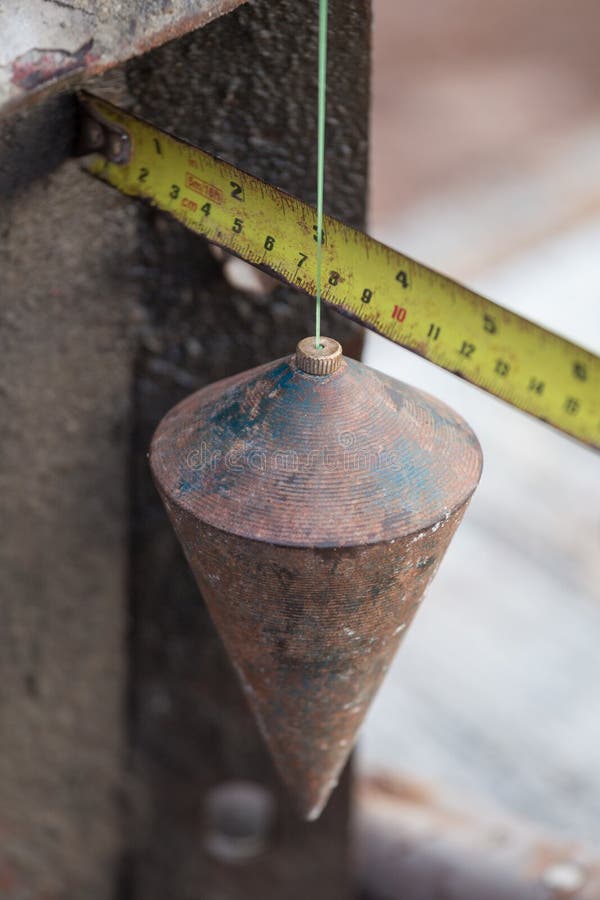

You have now established the position at which your putter hangs vertically. Example the putter face, heal to toe, is aligned with the heal at 2o clock and the toe pointing to 8 o’clock. Now check how the putter face is aligned on the clock face. The 6 o’clock number closest to you pointing to 12 o’clock, directly ahead of you. To identify the line, imagine you are standing with the putter suspended over a horizontal clock face. Now observe the direction in which a line drawn from heel to toe along the putter face is pointing. Continue by slowly rotating the putter until you reach the position where the length of the shaft appears to be in line with the vertical structure. You will notice that the putter shaft hangs away from the vertical object. Now align the top of the shaft, just below the grip, with the edge of the chosen structure. Holding the top of he putter grip, suspend the putter loosely between finger and thumb with the top of the shaft at about head height. Owning a Honu putter makes it simple as the putter hangs perfectly straight, but if you don’t do this : Select a back ground that is vertical, a door frame, or the edge of a brick wall etc. How do we get the putter shaft to hang vertically, the answer is simple. The Two Essential Rules For Plumb Bobbing: -ġ) The putter shaft must hang on a vertical lineĢ) The player must align themselves in the correct position However the following simple procedures allows us to overcome that problem:. This causes the putter shaft to hang at an angle to the true vertical line. This can present a problem, as when we suspend a putter between finger and thumb, for most putters the center of gravity of the putter does not align itself with the vertical plane. The answer is, we must improvise by utilizing our putter as a Plumb Bob tool. We do not carry an engineering Plumb Bob in our golf bag, how can we therefore develop a sound Plumbing Bobbing procedure. It is worth noting that the vast majority of Pro’s and Amateurs use an incorrect Plumbing technique and as a consequence some claim Plumb Bobbing does not work. Using a physically correct Plumb Bobbing technique will provide you with a more positive approach to putting and improved results. It cost nothing and is therefore much cheaper than a new putter.Įmploying a putting aid that helps you to select a specific line for the putt and improves your success rate will obviously reduce the tension and anxiety. Any tool that can reduce the stress and allow a confident stroke to be place must surely deserve at least a try. Stress can also contribute to on-course suicidal tendencies and the body contortions frequently exhibited as the ball travels toward the hole. Tension and anxiety on the putting green induces self-doubt, and a lack of confidence in the stroke you are about to make. The results being the methods they use are predestined to fail. Each of these articles omits one or more of the essential set up procedure for effective Plumb Bobbing. There are many articles written claiming to prove that Plumb Bobbing does not work. They have however, not reduced its value as a tool to find a vertical plane. In more recent times, the introduction of Spirit Levels and Lazar Beam instruments have significantly reduced the use of the Plumb Bob as a working tool. There are records of utilizing Plumb Bobs during construction programs going back 4000 years. If you’re looking for more putting tips, I’ve got you covered.See PGA Pro, Matt Flenniken to go through a putting lesson that can include the art and science of Plum Bobbing, it can change your reading from negative to amazing.
Putting plumb bob method how to#
It is helpful for golfers who struggle to read the line to know how to read a putt using plumb bobbing. The more the putter leans to one side, the more it will, in theory, break. This is indicating the way the putt should break. You will notice the putter head is leaning slightly to one side of the golf ball. Next, raise the putter up and close your non-dominant eye. Then you will hold the putter lightly with the thumb, index and middle finger of whichever hand you choose. Your feet should be shoulder width or so apart. To start, you’re going to stand back from the ball in line with the hole, maybe 6-8 feet or so.

Knowing how to read a putt using plumb bobbing can be very helpful for learning to read the line. Consider trying it on subtle breaking putts from inside of 10 feet. It is not used as much anymore however, it can prove very useful for certain circumstances. This method of reading putts was particularly popular in the Nicklaus era and prior.


 0 kommentar(er)
0 kommentar(er)
